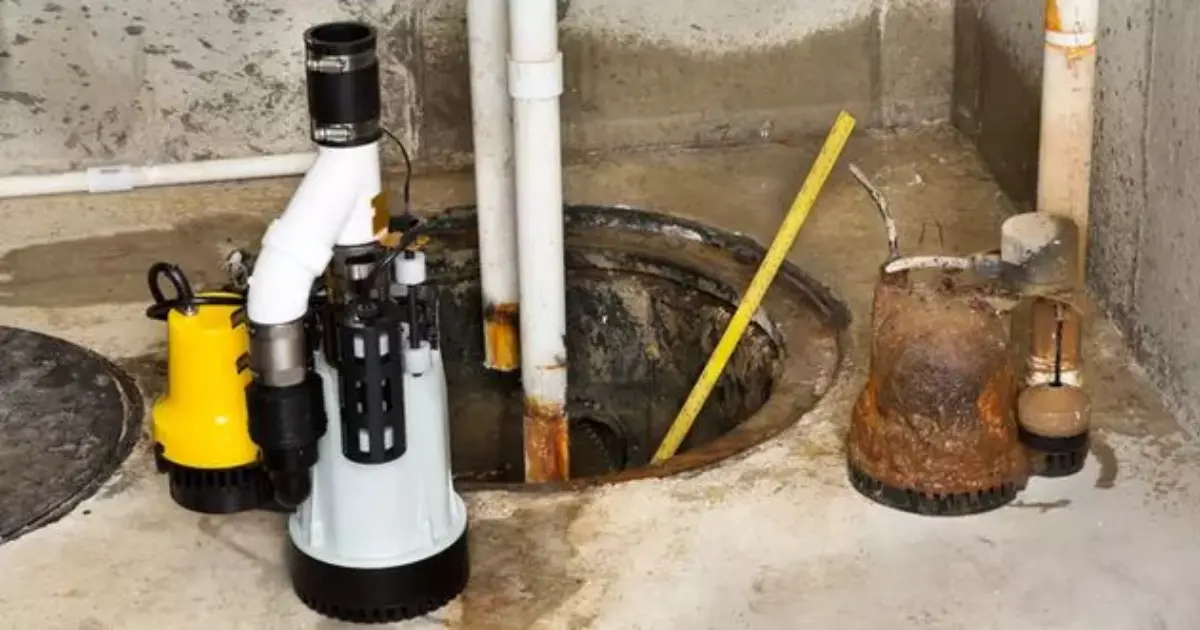
Simple Tips for Sump Pump Maintenance

- A lot of households depend on sump pumps.
To prevent water from entering their basement during a storm. However, if a sump pump is not maintained correctly, it may fail when you need it most. Simple preventative maintenance may save you the cost of clearing up a flooded basement. These tips will help you keep your sump pump in good shape to prepare for a storm.
- Examine the sump pump.
Every year, examine the pump in early spring before the "wet season" to ensure it will work well when you need it. Pour a pail of water into the sump pump to test the pump. The pump may be damaged or clogged if it fails to switch on when the water level reaches a set level or if it fails to empty the water correctly. Call a licensed plumber for help.

- Empty the pump.
Unplug the device. Next, remove the pump's top, if there is one, and examine the interior with a torch. Clear the pump aperture of dirt, sand, gravel, or other debris. When the incoming drainage pipes get clogged, water has difficulty finding its way into the sump.
- Look for any worn components.

- A lot of households depend on sump pumps.
To prevent water from entering their basement during a storm. However, if a sump pump is not maintained correctly, it may fail when you need it most. Simple preventative maintenance may save you the cost of clearing up a flooded basement. These tips will help you keep your sump pump in good shape to prepare for a storm.
- Examine the sump pump.
Every year, examine the pump in early spring before the "wet season" to ensure it will work well when you need it. Pour a pail of water into the sump pump to test the pump. The pump may be damaged or clogged if it fails to switch on when the water level reaches a set level or if it fails to empty the water correctly. Call a licensed plumber for help.

- Empty the pump. Unplug the device. Next, remove the pump's top, if there is one, and examine the interior with a torch. Clear the pump aperture of dirt, sand, gravel, or other debris. When the incoming drainage pipes get clogged, water has difficulty finding its way into the sump.
- Look for any worn components.
The working elements of a sump pump might wear down over time, making the pump inoperable in the case of a flooded basement. The float switch is the most likely component to fail on a sump pump, and many manufacturers recommend changing it every two years. In addition, inspect the inlet screen at the pump's base for rust and clean it.
- Set up a backup battery.
Even during a power loss, your pump will remain functional with a battery backup. Make careful to test the battery by disconnecting the pump if you have a battery backup installed.
- Examine the water outflow area.
Make sure the water is flowing and not clogging along the line, and make sure the water is directed at least 20 feet away from your house.
If your sump pump needs to be changed or serviced, it will exhibit some warning signs. If you notice any of these signs, get in touch with a professional:
- Age.
Experts recommend replacing an average-use device every 7 to 10 years. If used often, your pump's lifespan can be extended to five to seven years.
- Odors.
If rotting, moldy odors emanate from your basement, your sump pump may be broken.
- Rust.
An older pump may not have been manufactured from rust-resistant materials. A pump with rusty parts that cannot be washed away must be replaced or repaired.
- Sounds.
Sump pumps should not produce loud sounds. Unusual noises from your pump, such as buzzing, clanging, or slamming, may indicate that it needs to be replaced.
- Water.
The most obvious indication that your sump pump needs maintenance or replacement is the water in your basement at this time. The pump in your basement isn't working properly if there is water there.
Ensure your safety
Your pump may still break down even with regular maintenance, resulting in damage worth thousands of dollars. Pump failures are not typically covered by basic house insurance. Consider water backup coverage to safeguard your valuables in the case of a malfunctioning sump pump.
Leave a Reply
Your email address will not be published